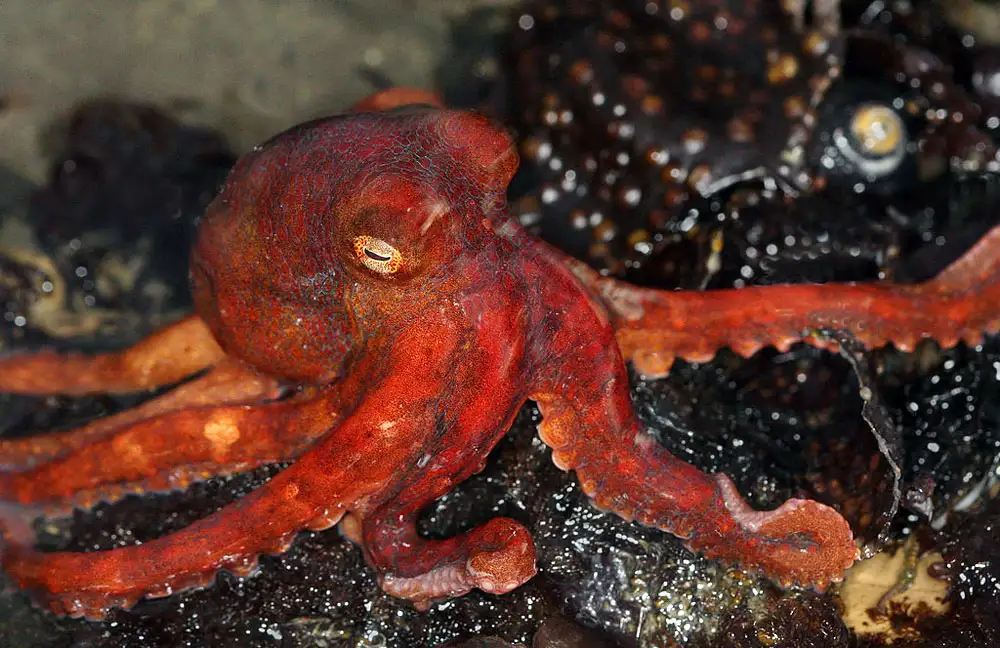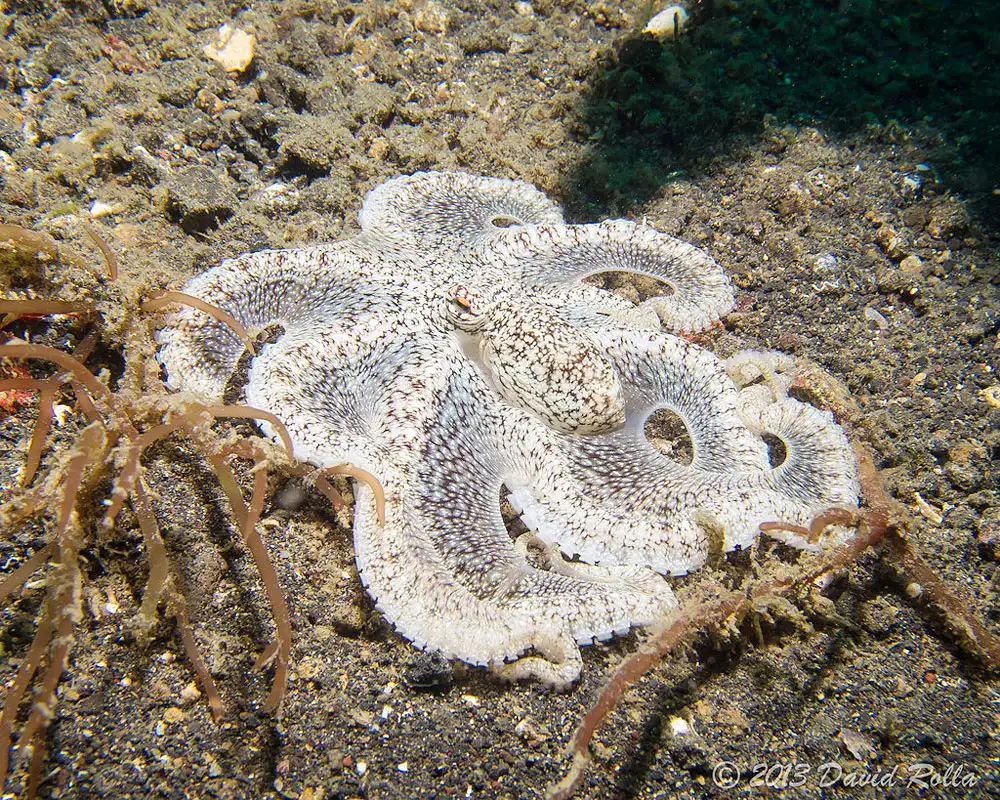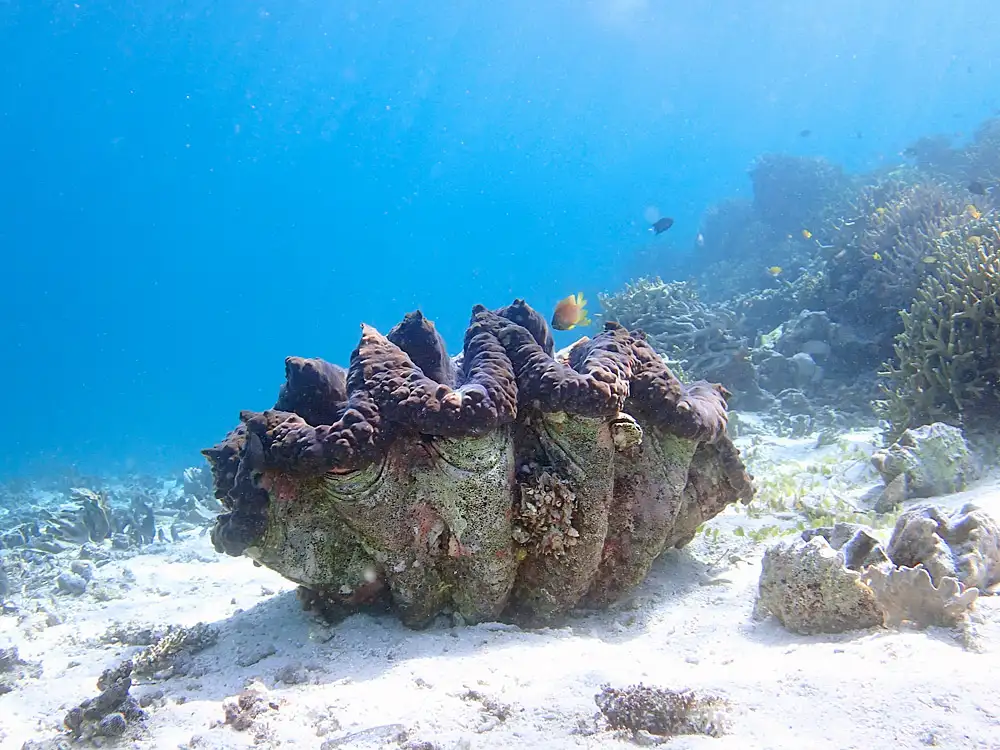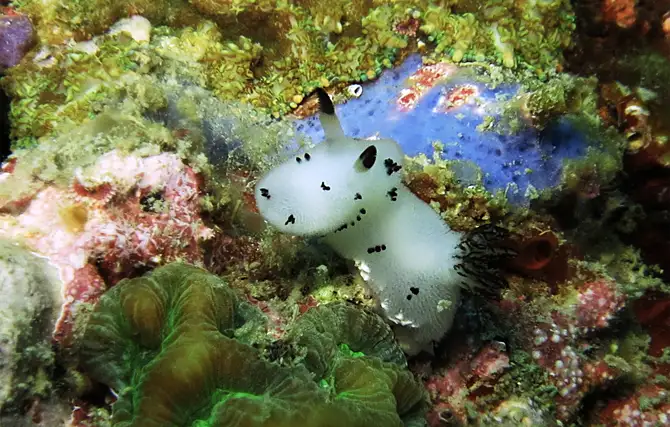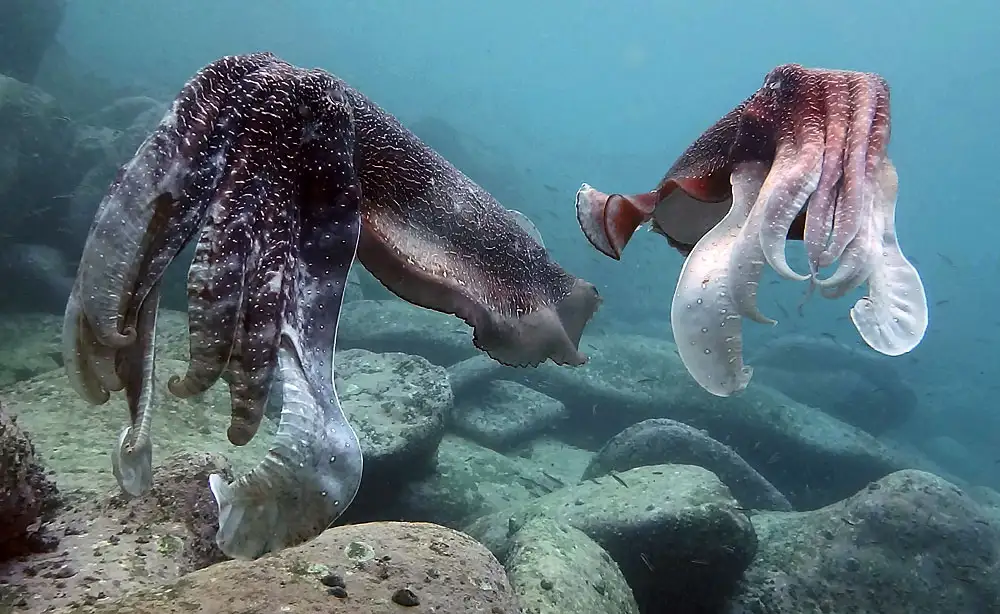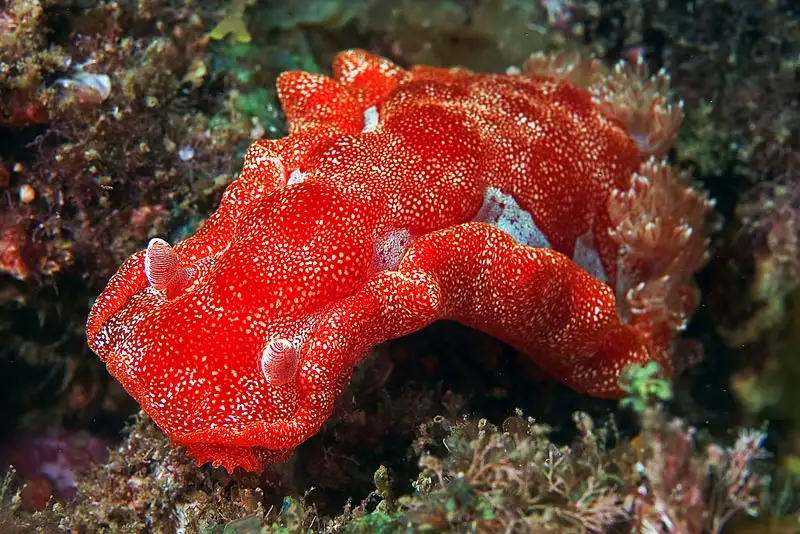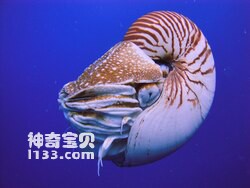Octopodidae (Overview)
IUCN
LCBasic Information
Scientific classification
- name:Octopodidae (Overview)
- Scientific Name:Octopodidae
- Outline:Mollusca
- Family:Octopodidae Octopoda
Vital signs
- length:Mantle 2–30+ cm; arm span 10–100+ cm
- Weight:Highly variable—from tens of grams to several kilograms
- lifetime:Typically 1–3 years; larger species several years
Feature
Eight arms; shell‑less; rapid camouflage; jetting & inking; semelparous reproduction.
Distribution and Habitat
Global oceans—rock/seagrass/sand to shelf & slope; dens by day, active at night.
Appearance
Large eyes; strong beak; rows of suckers; variable webbing; soft body.
Details
Octopodidae is the principal family of true octopuses (Cephalopoda: Octopoda), widespread from intertidal rocky shores to shelf and slope habitats. They are famed for intelligence, dexterity and rapid camouflage, excelling at problem‑solving and escape.
Ecology & Biology
Feeding: crustaceans, molluscs and small fishes; subdued with a strong beak and enzyme/venom‑assisted saliva.
Locomotion: predominantly crawling; emergency jet propulsion and ink release.
Camouflage: instant colour/texture change via chromatophores, iridophores and papillae.
Reproduction: generally semelparous; males use a hectocotylus to transfer spermatophores; females brood eggs and die after hatching.
Identification
Eight arms (no separate tentacles), no external shell, and reduced/absent internal shell; large eyes and a radula‑bearing beak. Arms carry rows of suckers (typically without horny rings); webbing extent varies by species.
Size & Longevity
Length: mantle ~2–30+ cm; arm span 10–100+ cm.
Life: small–medium species typically 1–3 years; large species several years.
Range & Habitat
Global across tropical, temperate and polar seas; on rocks, seagrass, sand/mud and onto shelf/slope. Many reside in dens and are more active at night.
Conservation & Threats
Fisheries: coastal species often targeted—require quota/size/season controls.
Environmental change: pollution and warming may affect behaviour and reproduction.
IUCN: a family‑level overview; conservation status is species‑specific. Marked here as Not Evaluated (NE).
FAQ
Q1. Are all octopuses venomous? Most have mild venom for prey capture; a few (e.g., Hapalochlaena) contain potent TTX.
Q2. Why such effective camouflage? Control of chromatophores and papillae enables instant colour/texture shifts and mimicry.
Q3. Do any walk on land? Intertidal species may briefly traverse between pools while moist but must return to water.
Q4. Do they learn? Yes—octopuses show learning, memory and problem‑solving behaviours.


